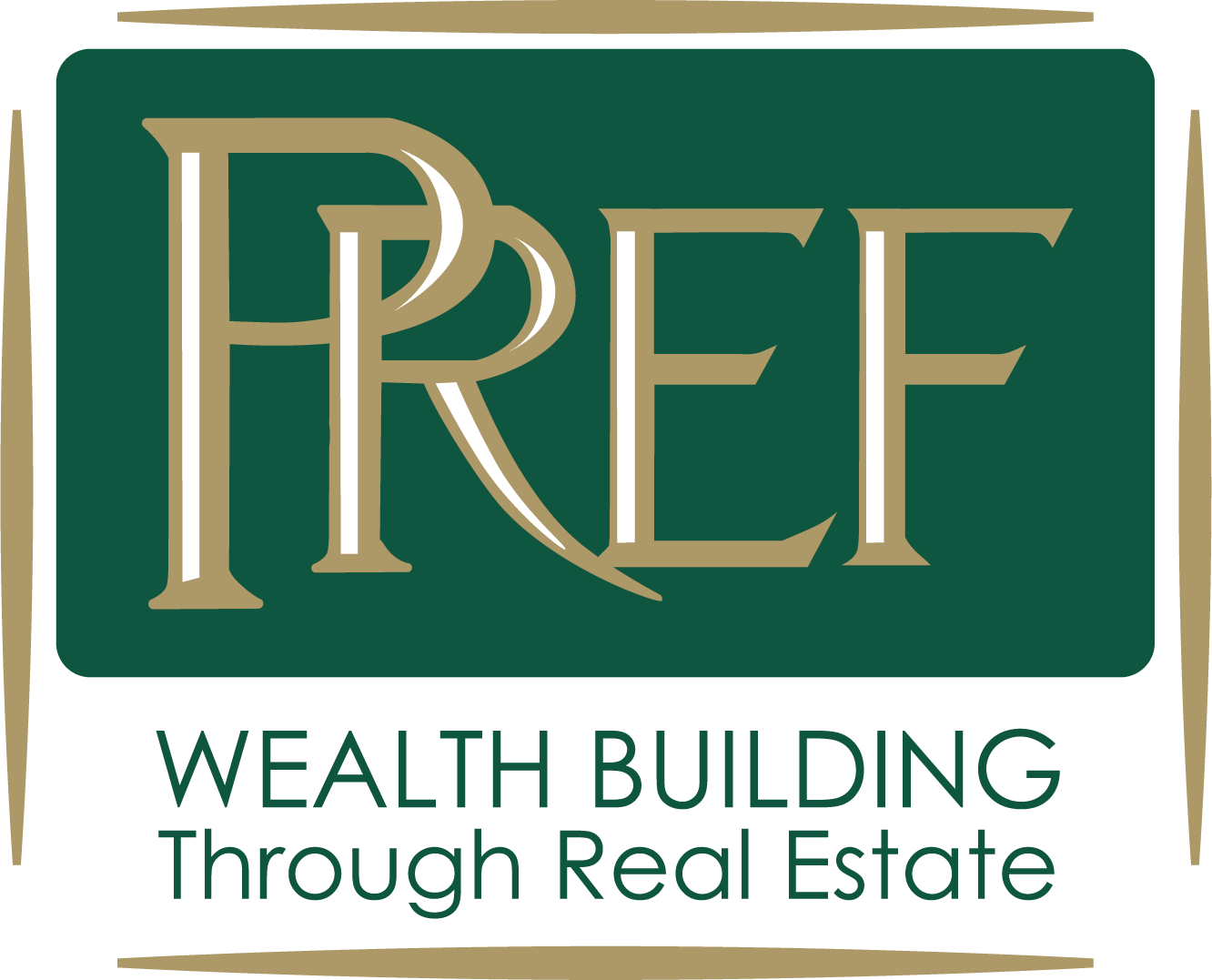Crosscurrents Impact Real Estate Recovery
My last blog “Not Your Standard Recession and Recovery” discussed how—due to the disruption in the financial markets—the most recent real estate recovery was anything but straightforward.
In addition, this real estate recovery has experienced crosscurrents, which have made it even more unpredictable. These include the impact of global markets, technology disruptors, high construction costs and demographic shifts.
Global Market + Economy Impact
As world economies become more intertwined, foreign markets more broadly impact the U.S. economy.
- The Chinese economy’s size and its growth impacted demand for U.S.-made products, resulting in drastic increases in some material prices.
- Weak European economies and actions of European central banks created greater demand for U.S. Treasury notes, which has kept interest rates artificially low.
- More foreign investors have sought U.S. assets, including real estate, with safety being a greater priority than yield.
All of these factors contribute to a spike in U.S. property values.
Technology Disruption
Technology advances have significantly impacted the commercial real estate sector.
- Retail: Technology disruption is particularly acute in retail where department stores and malls have experienced pressure from online sales and changing shopping habits. (Think the Amazon Effect.)
- Office: Office space demand has accelerated with the economy, but more slowly than previous recoveries, partially due to office-sharing concepts, flexible working arrangements, and loft office designs, all of which have resulted in less space per employee. (Companies specializing in shared concepts are risky since they rely on numerous clients with flexible and short-term lease commitments but their own leases are long-term). While gross absorption has occurred, net absorption has lagged as companies move into smaller, modern spaces.
- Industrial: The small space industrial market has seen record rent growth as older, well-located properties are taken out of service for adaptive reuse and not replaced, while demand has continued to grow. New industrial buildings tend to be large and geared toward data processing, cloud storage and logistics.
Construction Costs
The costs of new developments, adaptive reuse and tenant upfit rose more rapidly than one might expect given the moderate demand. Contractors who were badly burned and closed shop in the Recession have been slow to return to market and downsized when doing so. This created a labor shortage. Driven by global growth, particularly from China, material prices have skyrocketed as well. The proliferation of large mixed-use developments, public works projects and stadiums has also contributed to rising costs.
Demographic Shifts
The new urbanism trend has encouraged people to move into the city and caused significant change in development concepts. Numerous large mixed-use projects have been developed or proposed. In the past, developers either focused on warehouse, office or shopping center, for example; that time is gone. Now, everything is 50-acre mixed-use projects in urban areas, or so it seems.
Stan’s Takeaway
Here’s the good news: currently, the market has not oversupplied to the extent it has in the past. But it’s a challenging market because of its many crosscurrents. New concepts and gentrification are exciting, but it’s going to take time to sort the winners and losers of this new wave.
As recoveries mature, the market becomes euphoric. The “nothing can go wrong” mantra rules, but the problem is something always does. My advice? Be careful playing in the waves.
What other crosscurrents have impacted the current real estate recovery?



